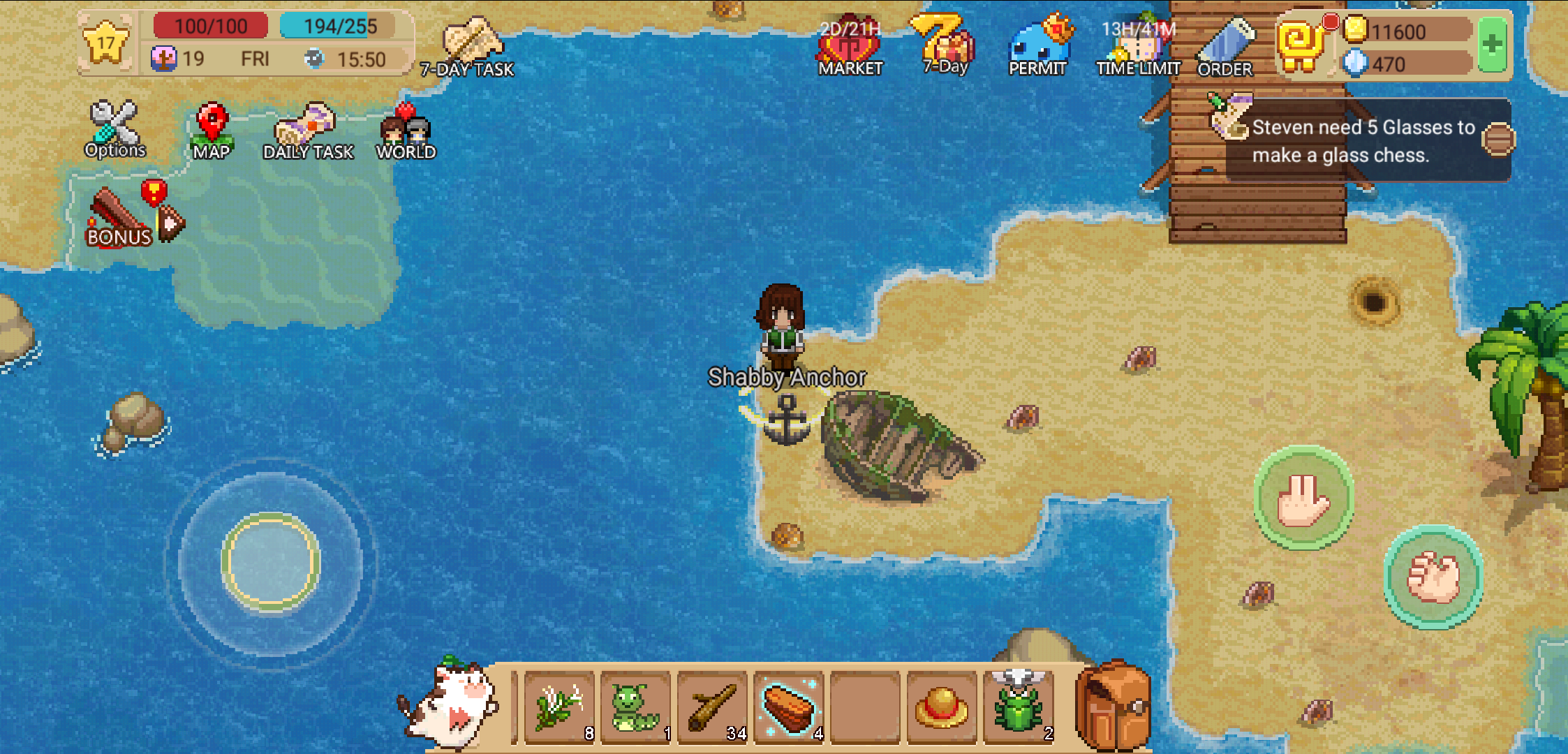
The cave was rediscovered when naturalist Sir Joseph Banks visited it in 1772. Nonetheless, the deductive reasoning of the ancient peoples formed the connection and base of the legend that the two places must be related. Of course, this happened some 60 million years ago, long before people would have been around to see it. Both the Giant’s Causeway and Fingal’s Cave were indeed created by the same ancient lava flow, which may have at one time formed a “bridge” between the two sites. The legend, which connects the two structures, is in effect geologically correct.

Finn McCool), so he could make it to Scotland where he was to fight Benandonner, his gigantic rival.
FINGALS CAVE SNAKE QUEST MAC
As both are made of the same neat basalt columns, the legend holds that they were the end pieces of a bridge built by the Irish giant Fionn mac Cumhaill (a.k.a. Known to the Celts as Uamh-Binn or “The Cave of Melody,” one Irish legend, in particular, explained the existence of the cave as well as that of the similar Giant’s Causeway in Ireland. The cave was a well-known wonder of the ancient Irish and Scottish Celtic people and was an important site in the legends.

These fractured columns form a crude walkway just above the water level so that visitors can go far inside and explore the cave. Known as Fingal’s Cave, it bears a history and geology unlike any other cave in the world.Īt 72 feet tall and 270 feet deep, what makes this sea cave so visually astoundingly is the hexagonal columns of basalt, shaped in neat six-sided pillars that make up its interior walls. Queen Victoria, Matthew Barney, Jules Verne, and Pink Floyd are not names you usually hear in the same sentence, but then the place that they all share is itself quite uncommon.


 0 kommentar(er)
0 kommentar(er)
